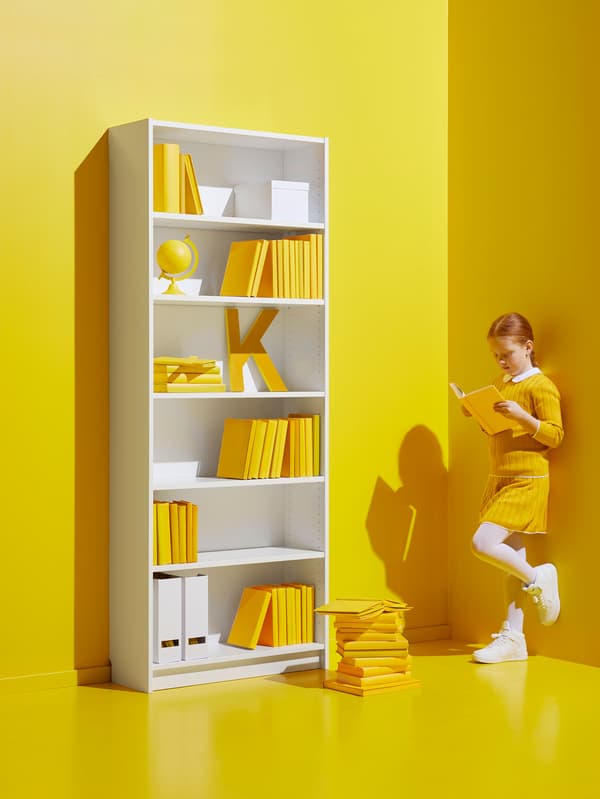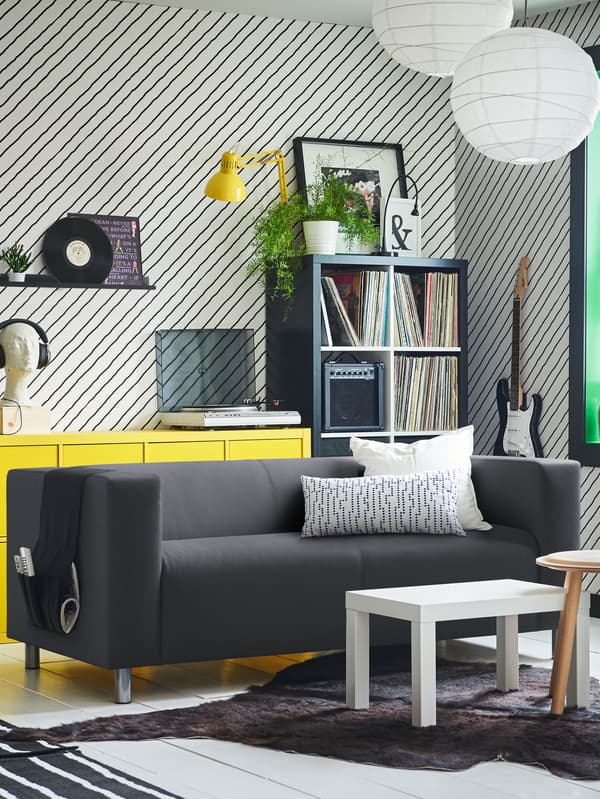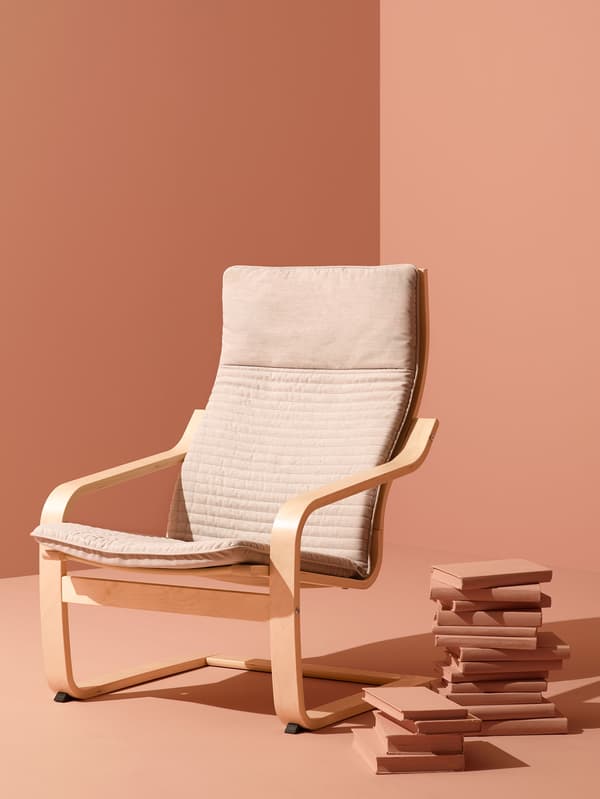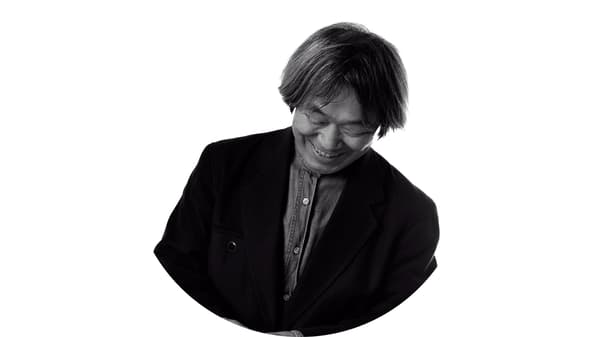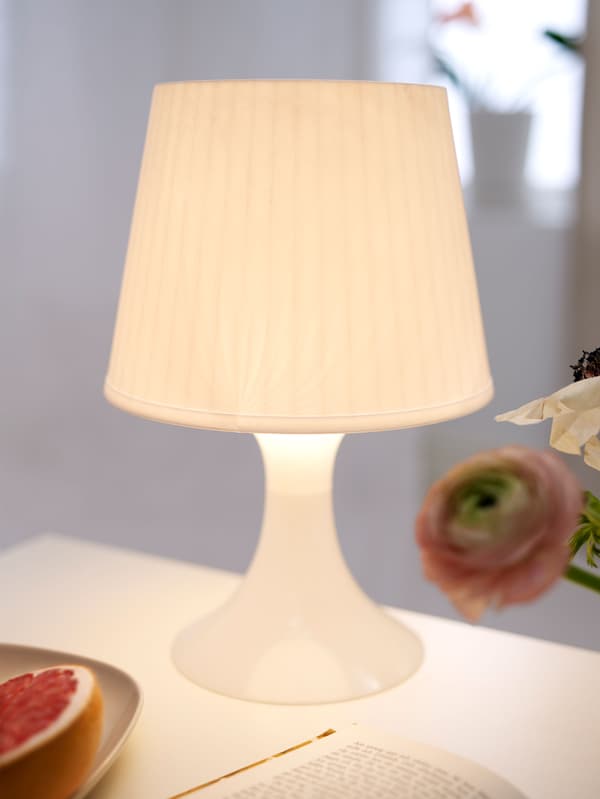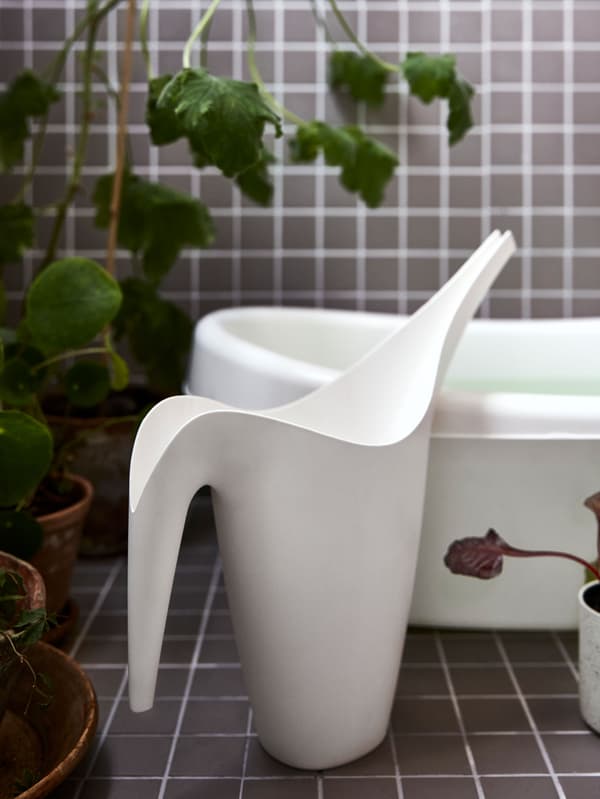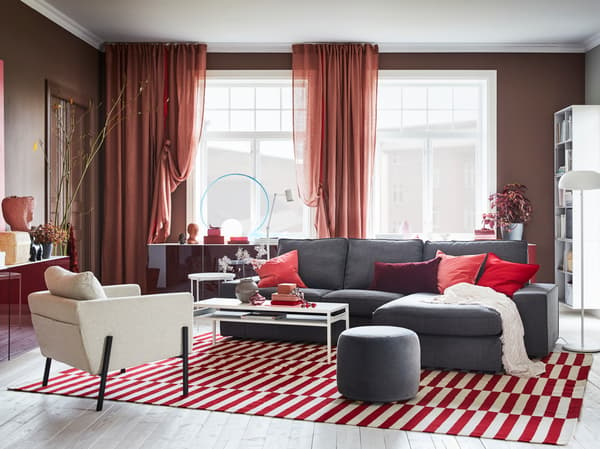Iconic IKEA product designs
Since its foundation in 1943, IKEA has been the most prominent furniture manufacturer in the world. As it opens its doors to the Philippines market, we gather the most cleverly designed and highly regarded IKEA products from our collections. From the BILLY bookcase to the LAMPAN table lamp, here are five iconic products that have become crowd favorites throughout the years.
BILLY bookcase
Designer: Gillis Lundgren
Year made: 1978
In 1978, Gillis Lundgren, the designer behind BILLY named it after a colleague, Billy Liljedahl, who expressed his desire for a “proper” bookcase. He took one look at the bookcases and said "What are these supposed to be? We've got bookcases with bars, bookcases with glass cabinets, bookcases with under cabinets! Where are people supposed to put their books? Can't we have a proper bookcase? Just for books!" The seed he sowed with this remark grew into BILLY bookcase – named after the man who pointed out the need and created the original idea.
Gillis’ aim was to create an affordable bookcase that would suit every kind of person and many different living spaces. 40 years on, the number of books we store may be falling, but BILLY remains a timeless piece that can be added to and customized as needs change.
Can't we have a proper bookcase? Just for books!"
Billy Liljedahl
KLIPPAN sofa
Designer: Lars Engman
Year made: 1980
We launched KLIPPAN in 1980 when we declared a living room for the children. The idea with the sofa was for it to withstand the human need to play – while also having a low price and fitting almost anywhere.
The sofa was designed to be an alternative to expensive designer sofas that weren’t safe, or durable enough for children to play on. The soft shapes and removable and washable covers made it a child-friendly favorite that lives on to this day.
The KLIPPAN sofa was designed to be an alternative to expensive designer sofas that weren’t safe, or durable enough for children to play on.
POÄNG armchair
Designer: Noboru Nakamura
Year made: 1972
"This chair shouldn't bind and hold the sitter, it should rather be a seat that provides emotional richness," says POÄNG designer Noboru Nakamura. Along with former IKEA head of design Lars Engman, Noboru looked to make a chair that helps let off the sitter's stress by gently swinging. To create this swing, Noboru worked with a then-unorthodox construction technique that employs thinly layered wood, glued together, then gently heated so it can be set in place.
"In the beginning, we used a factory that also made traditional skis," as design engineer Ricky Ericsson explains. "Which is not as strange as it sounds because a ski also uses this same layer-glued construction bent into shape." Ricky also adds that the benefit of making a chair with a ski maker is the production cost is cheaper. It's a smart advantage to have the same work done by other suppliers who don't use the same rates.
This chair shouldn't bind and hold the sitter, it should rather be a seat that provides emotional richness."
Noboru Nakamura
LAMPAN table lamp
Designer: Carl Öjerstam
Year made: 1971
The birth of the LAMPAN table lamp started when the designer got a brief idea to make a lamp with a great design at a low price. “It was an exciting challenge to create the world’s cheapest table lamp – LAMPAN. We started by analyzing all stages in the process: logistics, packaging, assembly, components, tools, and materials," says Carl Öjerstam, the designer of LAMPAN.
The designer and his team work together to deconstruct the lamp down to its smallest component. "As a result, we decided to get rid of the box and instead adapt the dimensions so that the lamp foot fits in the lampshade during transport," adds Carl.
It was an exciting challenge to create the world’s cheapest table lamp – LAMPAN"
Carl Öjerstam
IKEA PS 2002 water can
Designer: Monika Mulder
Year made: 2002
This watering can is a true IKEA classic thanks to its affordable price and clean design in a variety of colors. "The shape was extra important when I designed IKEA PS 2002 water can. I wanted to give it an organic, fluid shape so it would harmonize with plants and running water," says Monika Mulder.
"By using different templates I was able to sculpt a prototype that felt completely perfect. The final [design] can have both a shape and color that make you want to have it out on display, instead of hidden away. And if you like, you can also use it as a vase,” Monika explains. The slightly bent pour spout makes manufacturing easier and it has helped to water lots of plants and flowers in many homes throughout the years.
The shape was extra important when I designed IKEA PS 2002 water can. I wanted to give it an organic, fluid shape so it would harmonize with plants and running water"
Monika Mulder
